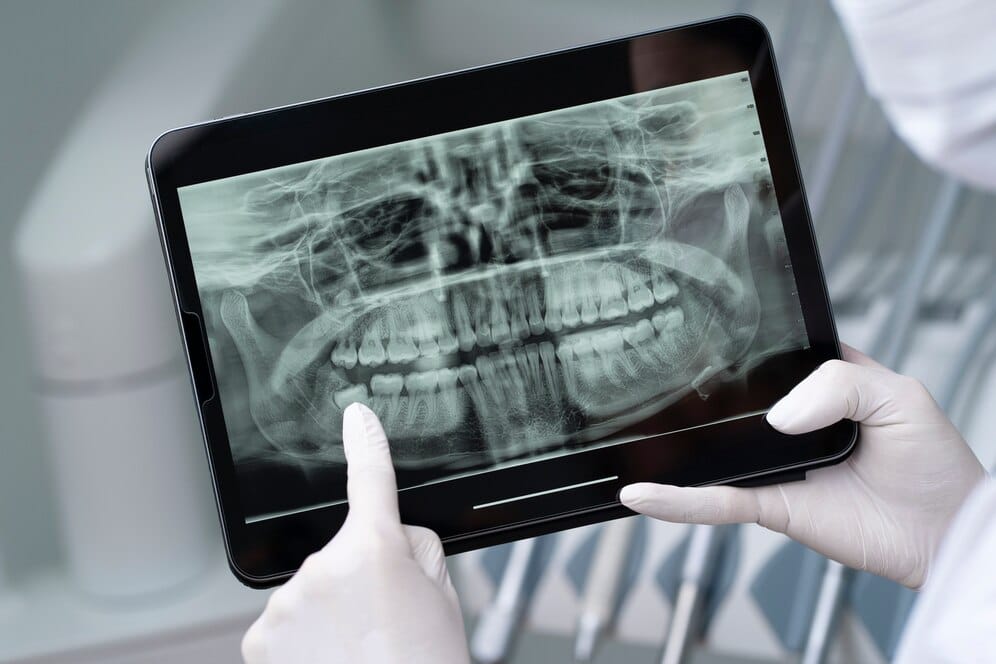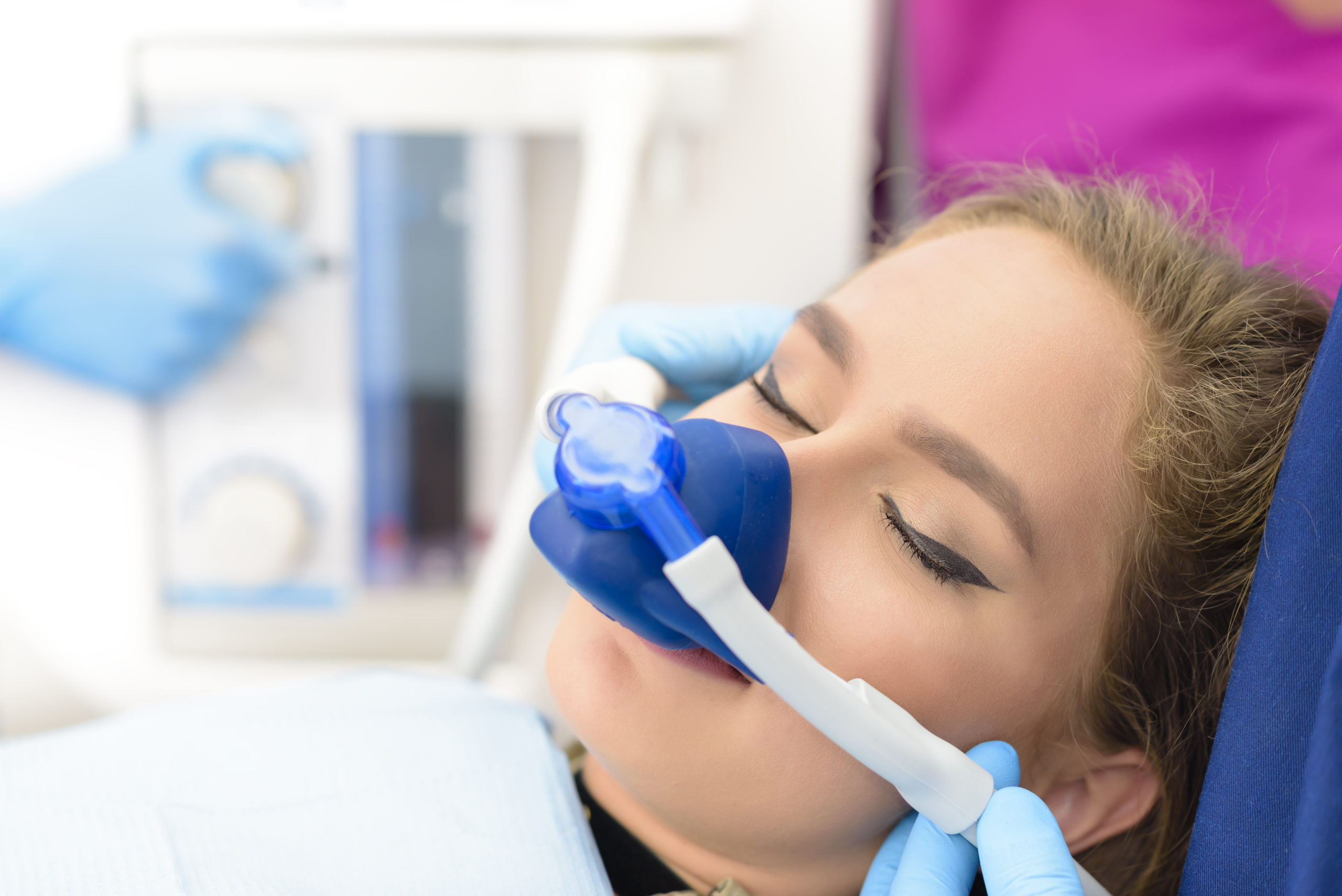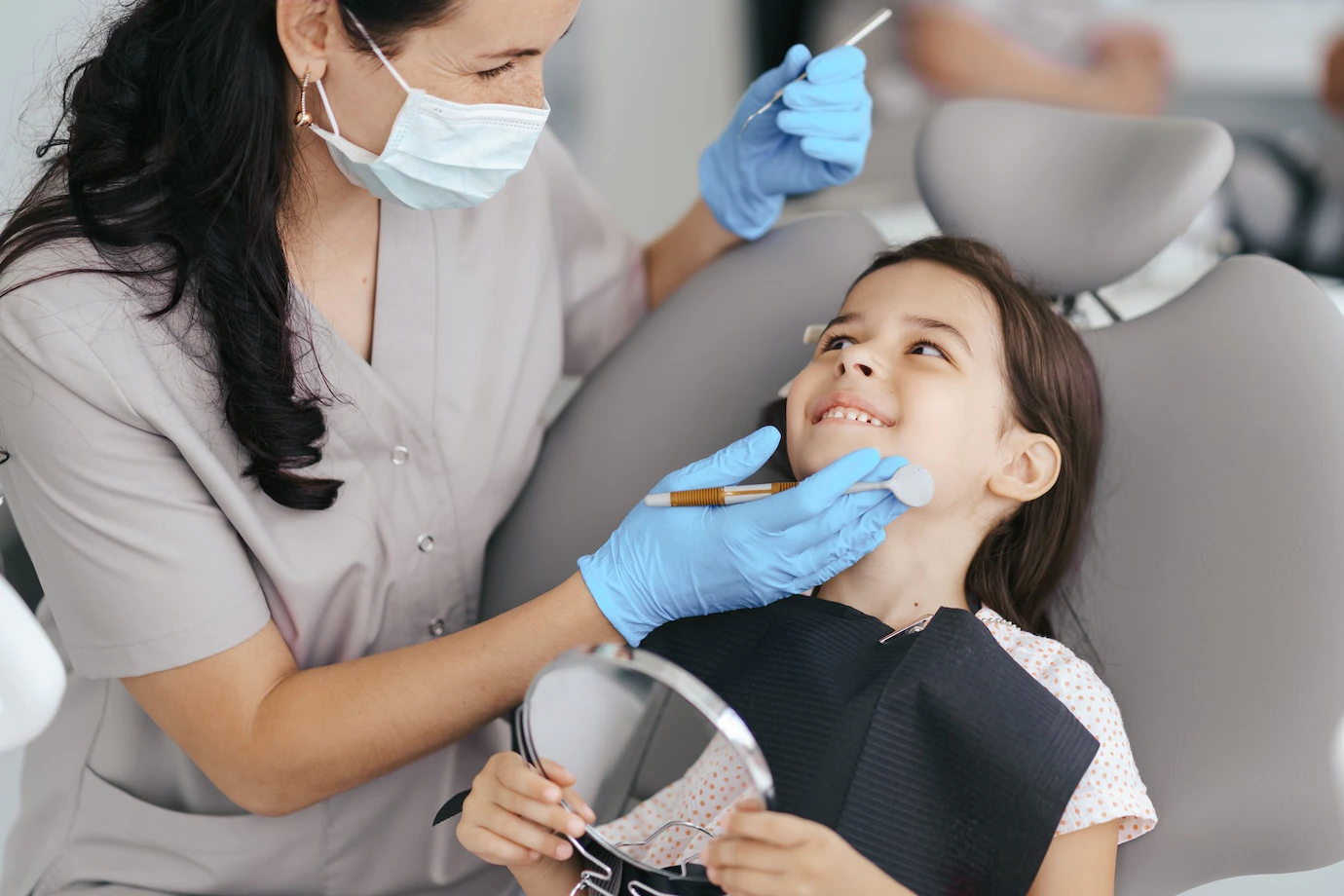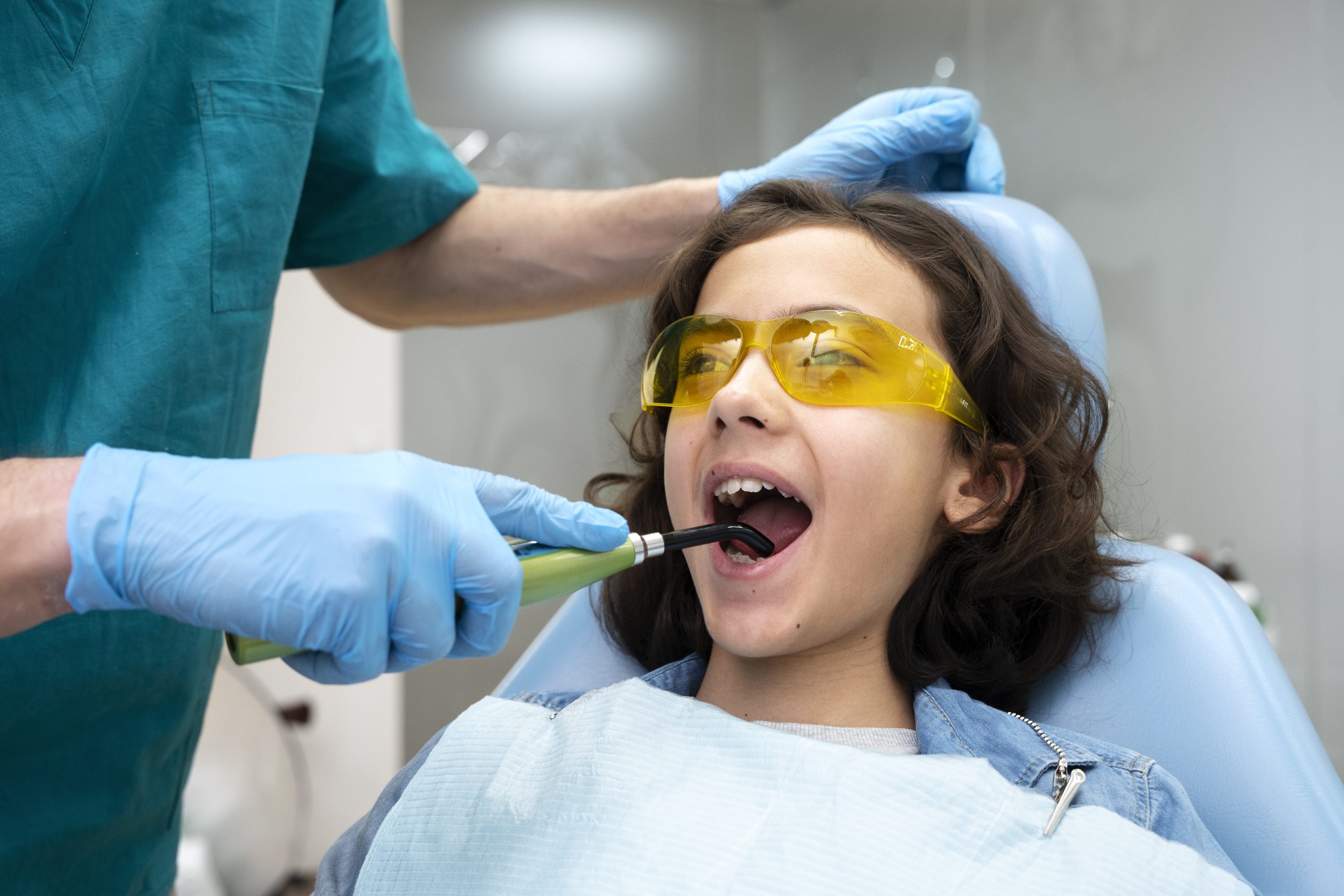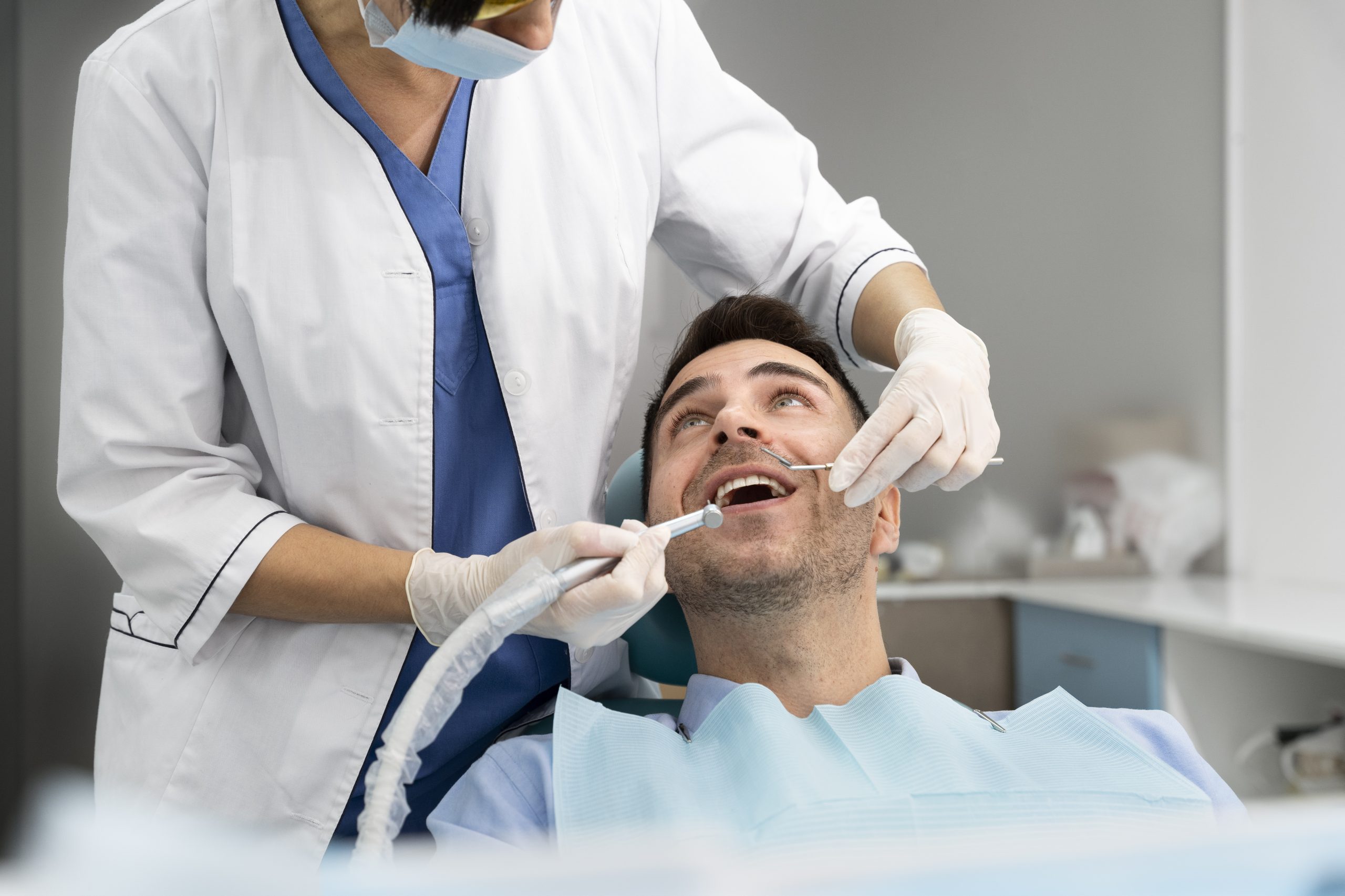X-rays – also known as radiographs – are a diagnostic tool used in dentistry to help our dentists evaluate your oral health.
X-rays are particularly useful as they identify problems that are not visible to the naked eye. The purpose of X-rays in dentistry is to help dentists detect and diagnose dental issues such as:
- Decay (cavities) between teeth, in the roots, or under existing fillings or crowns.
- Abscesses or infections in the jaw or tooth roots.
- Tumours, cysts, or other abnormal growths in the jaw or teeth.
- Impacted teeth, such as wisdom teeth that are growing in at an angle.
- Damage to the jaw or teeth from injury or trauma.
- Bone loss caused by gum disease or other conditions.
- The position and development of teeth, especially in children and teenagers.
- The presence of any foreign objects, such as a lost filling or crown.
There are different types of dental X-rays, including:
- Bitewing X-rays: which show the upper and lower teeth on one side of the jaw.
- Periapical X-rays: which show the entire tooth, from the crown to the root.
- Panoramic X-rays: which show a wide view of the entire mouth, including the upper and lower jaws, teeth, sinuses, and jaw joints.
- Cephalometric X-rays: which are used to study the growth and development of the jaw and teeth.
It’s important to note that the frequency of X-rays will depend on the patient’s age, oral health and the risk of dental problems.
Our dentists will use the minimum amount of radiation necessary to make a diagnosis and protect the patient’s safety.


